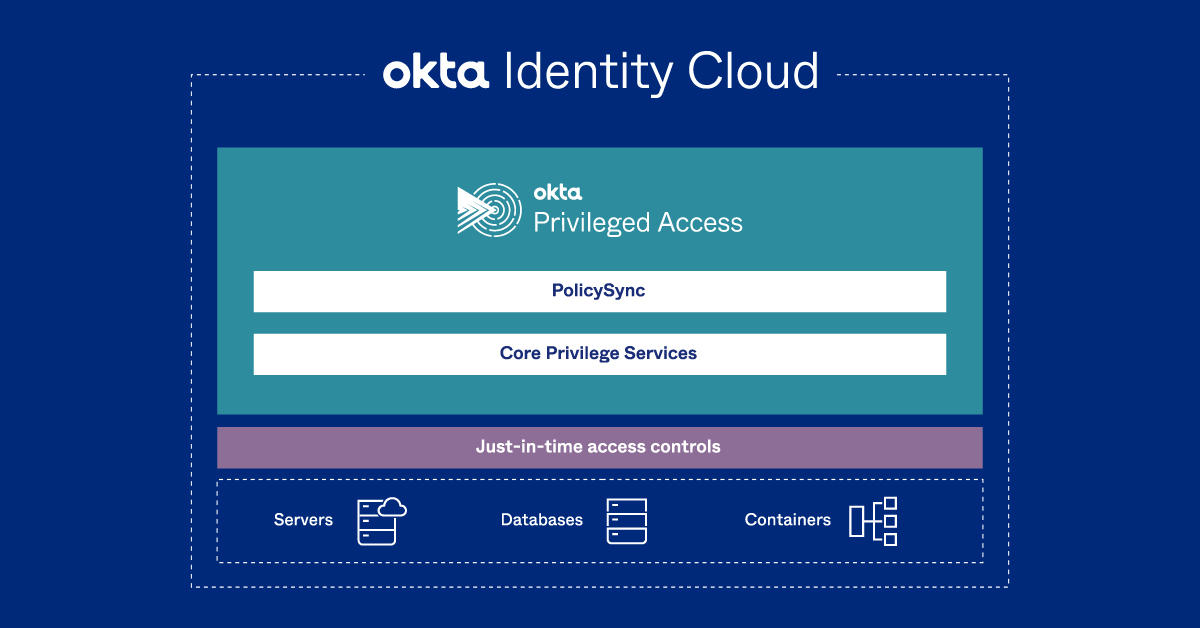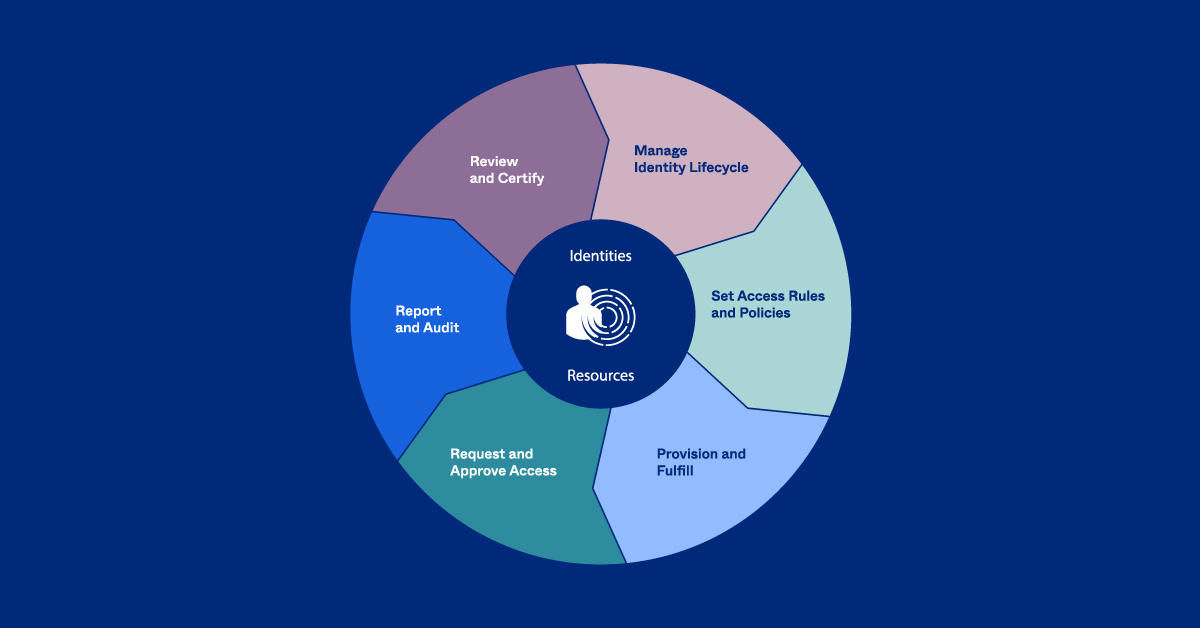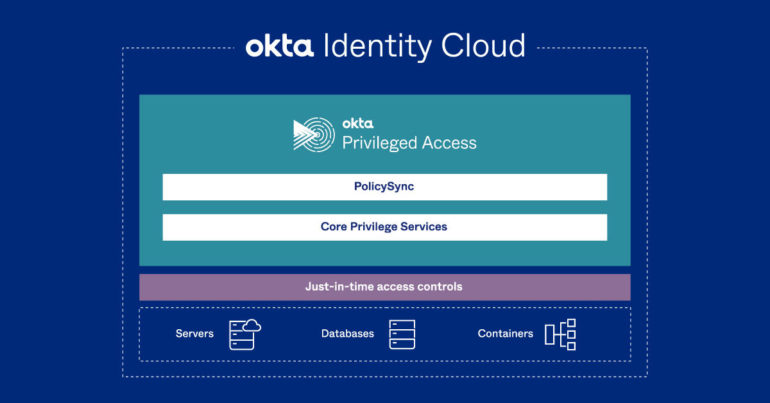Okta, the cloud-based identity management company, announced two new products on Wednesday that bring it into new markets. First, Okta plans to roll out a new Privileged Access Management (PAM) tool to help organizations secure critical infrastructure. Next, it’s introducing a new Identity Governance Administration (IGA) tool to deliver self-service identity governance within an organization.
The introduction of these new tools, Okta says, should increase its Total Addressable Market (TAM) from $55 billion to $80 billion. Okta’s existing business in the Identity Access Management (IAM) market is divided into two categories: Workforce Identity and Customer Identity. Okta’s recent Auth0 acquisition was part of its plan to speed up its growth in Customer Identity.
The company sees new opportunities for growth in the PAM and IGA markets, arguing that existing tools aren’t well-suited for the complex cloud environments that many organizations now depend on.

“Traditional privileged access management (PAM) solutions prove to be too brittle to adapt to the constantly changing resource and user types that come with cloud-based DevOps organizations,” Okta said in a press release.
Okta Privileged Access offers just-in-time, least privilege access controls to secure critical infrastructure.
The company already offered Advanced Server Access for an identity-centric approach to privileged access. With Okta Privileged Access, Okta will be adding support for databases, containers, and appliances, with additional session capture and logging capabilities for compliance and auditing.


Meanwhile, Okta Identity Governance offers self-service identity governance and administration for all users within the extended enterprise through a single control plane.
Okta contends that traditional IGA systems were designed for on-premises applications and infrastructure. Its product, by contrast, is designed for organizations that have to manage access to a large number of disparate applications. With the tool, IT and security can let end-users request access to applications through popular workplace tools like Slack. Users can be automatically granted access to applications based on attributes, and access is suspended automatically when their user status changes in HR systems.
Both new products should be available in Q1 of 2022.



